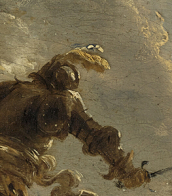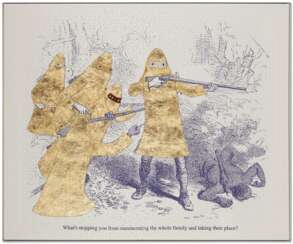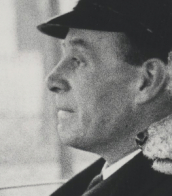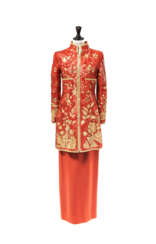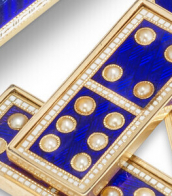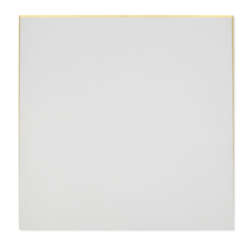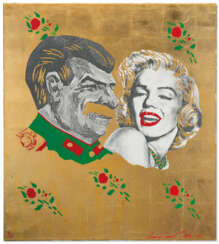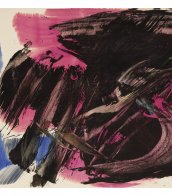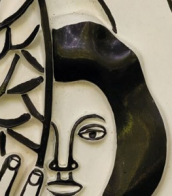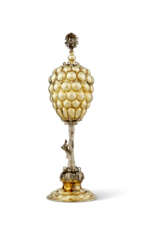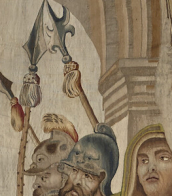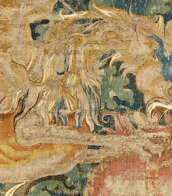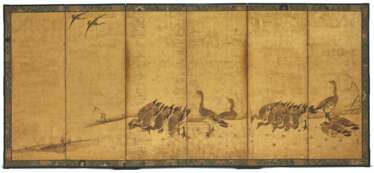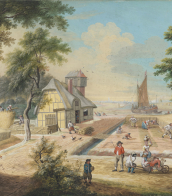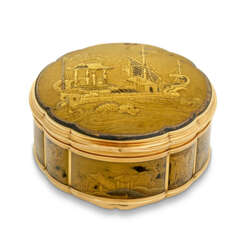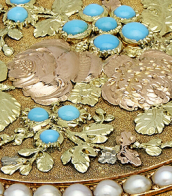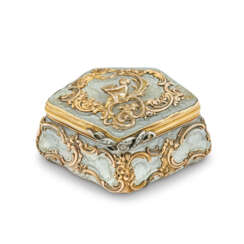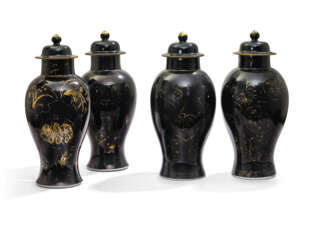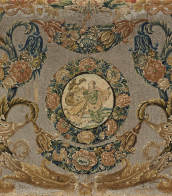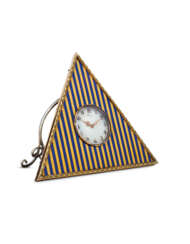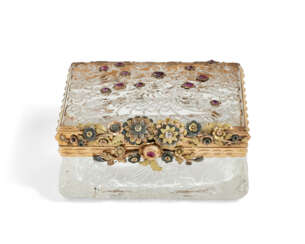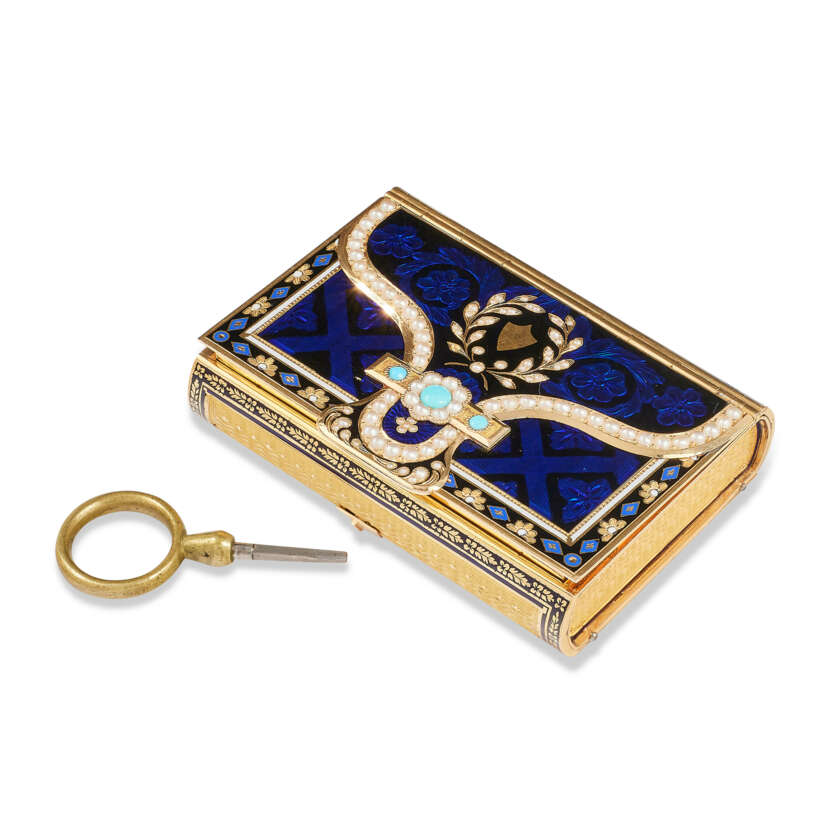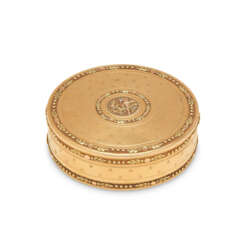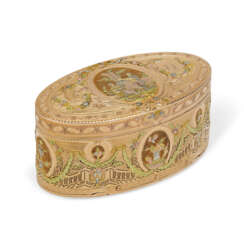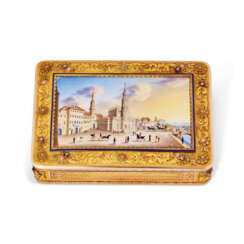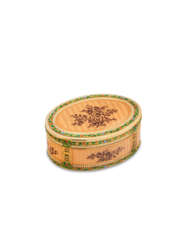feuille d'or
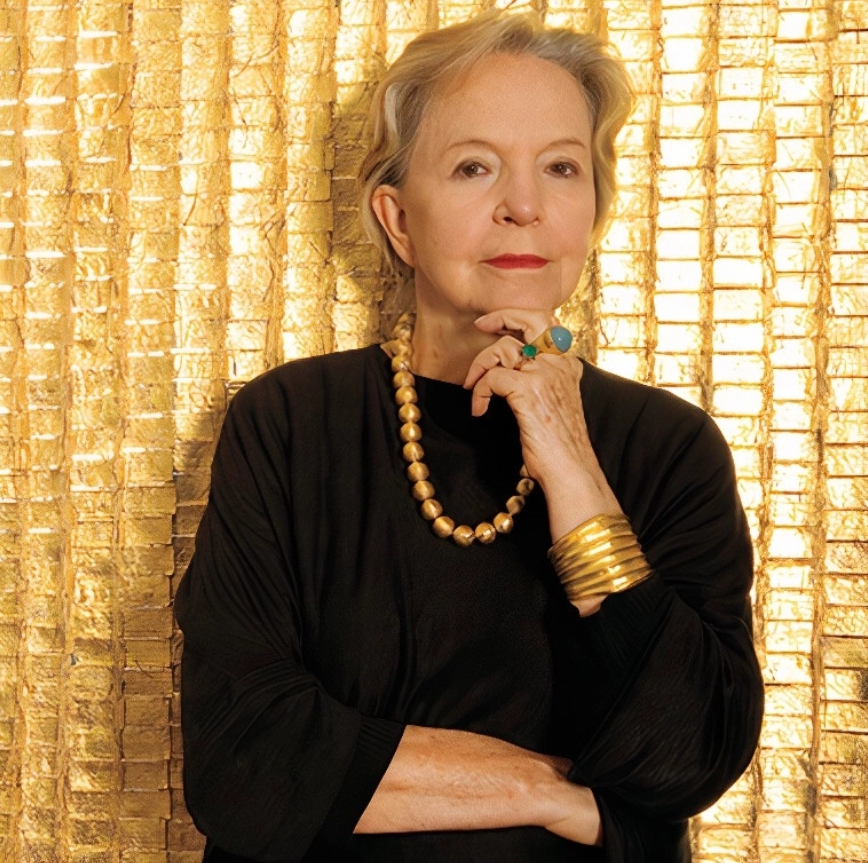
Olga de Amaral is a Colombian textile and visual artist known for her large-scale abstract works made with fibers and covered in gold and/or silver leaf. Because of her ability to reconcile local concerns with international developments, de Amaral became one of the few artists from South America to become internationally known for her work in fiber during the 1960s and ‘70s. She is also considered an important practitioner in the development of postwar Latin American Abstraction. She currently lives and works in Bogotá, Colombia.
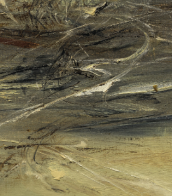
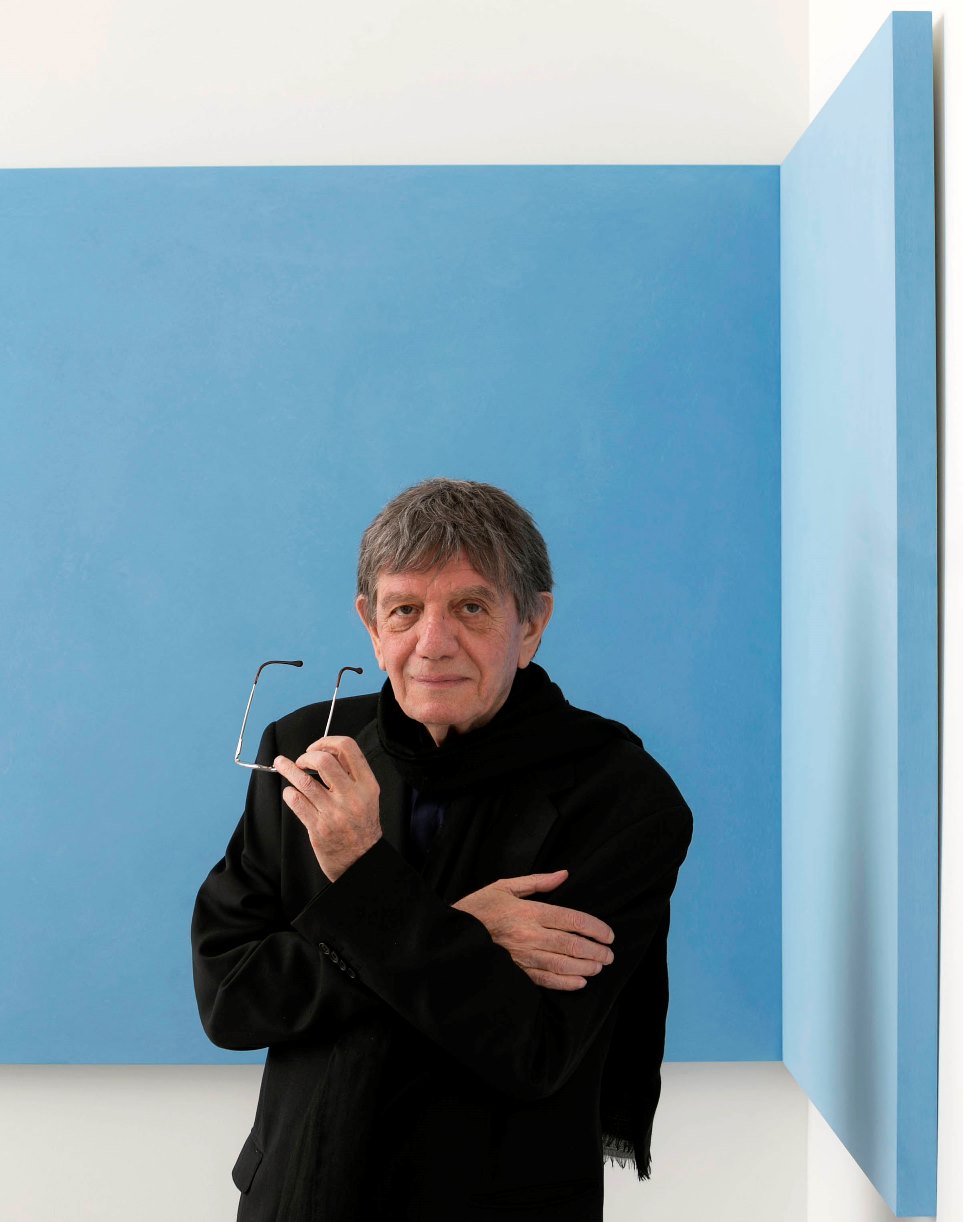
Ettore Spalletti is an Italian painter and sculptor.
Spalletti is mainly known for his blue monochrome paintings on various surfaces. Each work is the result of a meditative but rigorous process of applying a coat of paint at the same time each day to produce a specific tone evocative of the hour, season and weather. Finishing the work, the artist subjected it to a special technical treatment to achieve the desired effect of color transfer. In addition to paintings, the artist created sculptural compositions and works on paper.
Spalletti has participated several times in the Venice Biennale. His major commissioned works include the chapel at Villa Serena in Pescara, Italy, in collaboration with the architect Patrizia Leonelli, and the hall at the Raymond-Poincaré Hospital in Garché, France.
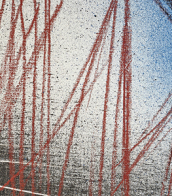
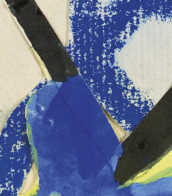
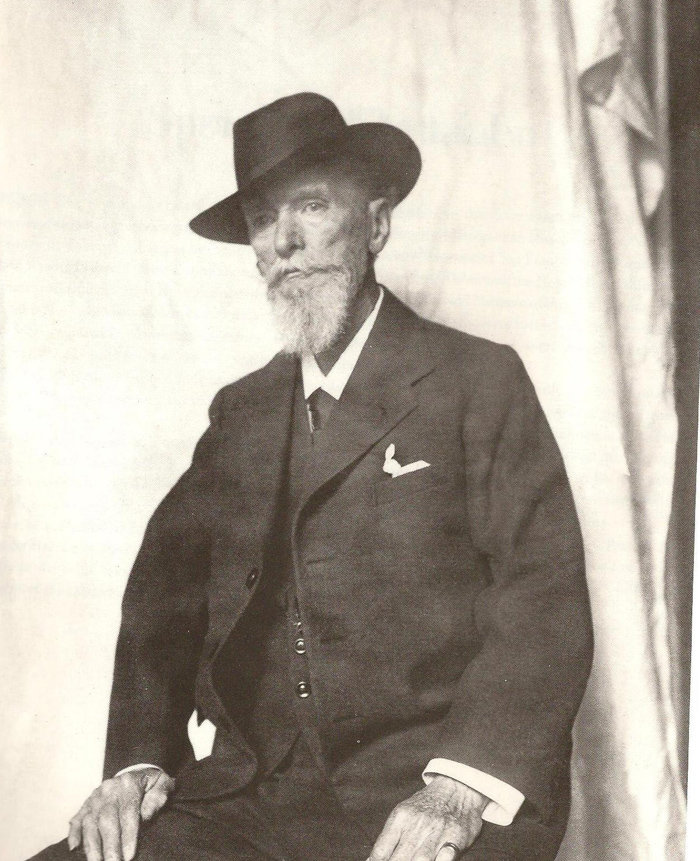
Carl Fabergé (Russian: Карл Гу́ставович Фаберже́) was a 19th- and 20th-century Russian jeweler, entrepreneur, and artist of German descent. He ran a family jewelry company for almost 50 years, which became world-famous for its products - Easter eggs made of precious metals, stones, and enamel.
Carl Fabergé met the Russian Emperor Alexander III at the All-Russian Exhibition in Moscow in 1882, which was a landmark event in the jeweler's career. The emperor ordered an Easter egg from the master for his wife, which the empress loved. From this moment on Fabergé, who became the jeweller to the Court, became responsible for the annual production of Easter eggs for the imperial court. Members of the imperial family also ordered jewelry from Fabergé for their many European relatives. This turned the Fabergé family company into one of the leaders of the world jewelry market.
Fabergé produced not only high-end jewelry products, but also items for the average buyer. In 2005, at Sotheby's in New York, several stone figurines were sold for $850,000 to $1,800,000.
